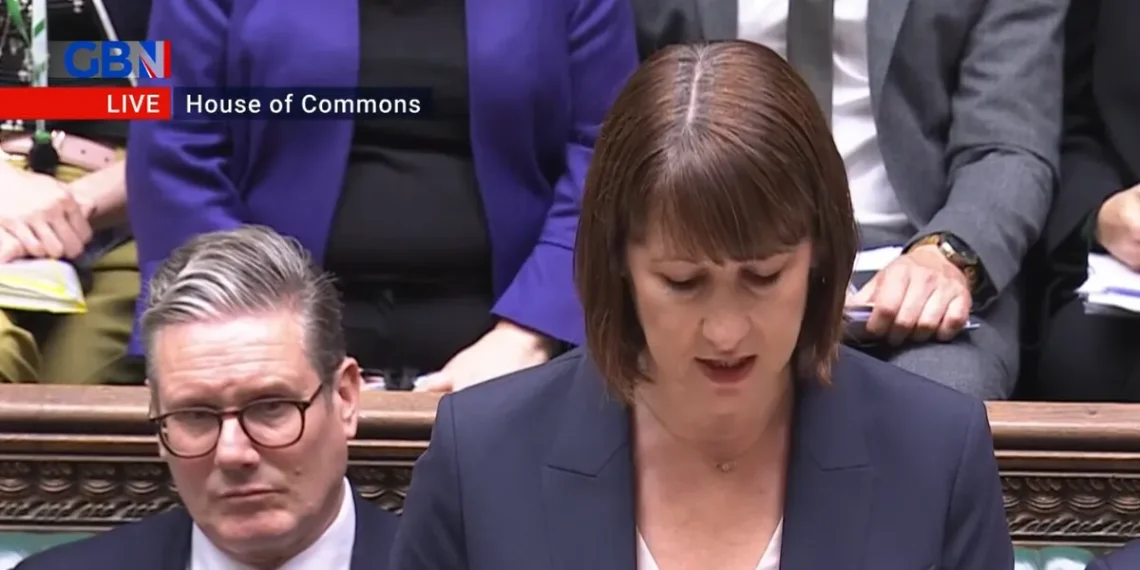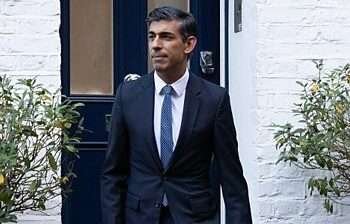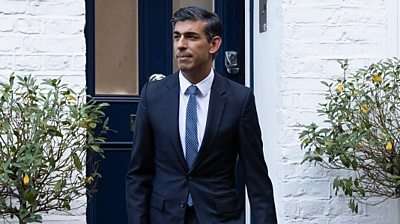The Treasury is exploring avenues to attract private investment in an effort to reduce the financial burden on taxpayers for the UK’s largest planned infrastructure project, the £9 billion Lower Thames Crossing.
Rachel Reeves, leading the Treasury’s initiative, is reportedly considering a proposal to transfer income from tolls to a private consortium. In return, the consortium would provide a substantial cash infusion, effectively lowering the cost to the public purse.
Sources indicate that officials are evaluating a financing model that would allow investors to bid for the project, offering either partial or full funding in exchange for a long-term lease. This lease could potentially extend up to 125 years or even longer, enabling investors to recover their expenditure over time.
Reeves pledged to involve the private sector in major infrastructure undertakings, aiming to fill the £22 billion deficit she highlighted in the government’s finances last month.
However, the Chancellor has made it clear that a return to the private finance initiative (PFI), a method used during Tony Blair’s government to fund new schools and hospitals, is off the table. The PFI was often criticized for its costly and rigid contracts, typically lasting around 30 years.
Advisers to Reeves have also dismissed the idea of reviving the Conservative Party’s reformed version of PFI, known as PF2, which was introduced but later abandoned in 2018 following the collapse of the construction giant Carillion.
Instead, a straightforward investment contract that guarantees a return over a longer period, without altering the commissioning and construction of the tunnel, is being considered as a more appealing alternative.
A Treasury spokesperson emphasized the government’s commitment to collaborating with the private sector, stating, “The government retired PFI and PF2 models in 2018, and there has been no change to this policy. The government is committed to harnessing private investment and restoring growth, and will work in partnership with the private sector to deliver its missions.”
Largest Project to Ease M25 Congestion
The Lower Thames Crossing, which has been in the planning stages for over a decade, aims to alleviate congestion on the M25 by providing an alternative route under the River Thames, east of the Dartford Crossing.

Following the recent cancellation of the second leg of the HS2 between Birmingham and Manchester, this project now stands as the largest infrastructure initiative in England.
The original cost estimate of £9 billion is expected to have significantly increased due to inflation, which has risen by 20% since the budget was last assessed during the pandemic.
National Highways, the organization responsible for England’s major roads, proposed the Lower Thames Crossing project after noting that the Dartford Crossing was struggling to cope with the volume of traffic.
The crossing is a crucial part of London’s orbital road, with heavy lorry traffic from the ports of Dover and Folkestone contributing to the congestion.
Environmental advocates, however, have expressed concerns. They point to National Highways’ own projections, which suggest that the new tunnel could exceed capacity within a few years, potentially undermining efforts to reduce carbon emissions.
These campaigners argue that a more sustainable approach would involve rerouting container lorries to ports further up the coast or enhancing the rail network’s capacity.
Meanwhile, the Transport Secretary, Louise Haigh, has initiated an internal review of her department’s capital expenditures, seeking “external expertise” to determine which projects should proceed.
The government has already halted plans to tunnel near Stonehenge to widen the A303 and is expected to cut back on several other projects to conserve funds.
READ ALSO: KOD Refutes Speculations of Showing Interest In Any Political Position




















